The properties and use of thermo-responsive hydrogels in bioprinting are discussed in a recent review by R. Suntornnond et. al.
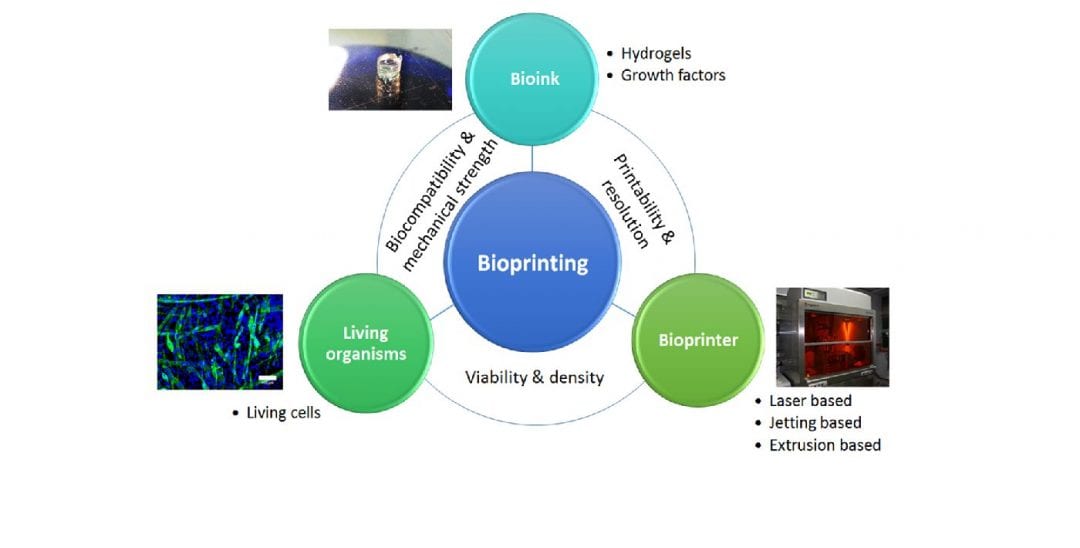

The properties and use of thermo-responsive hydrogels in bioprinting are discussed in a recent review by R. Suntornnond et. al.
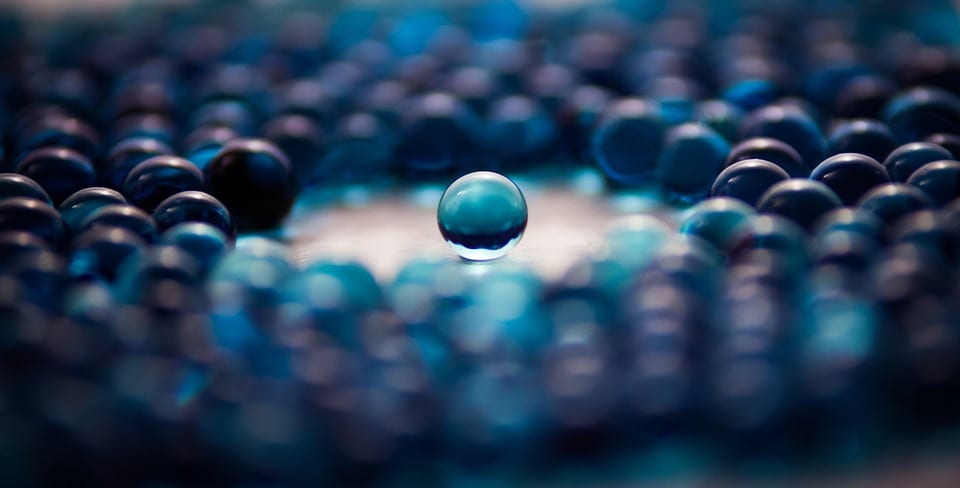
Liposomal formulations of two novel nicotinylated amphiphiles for targeting potent chemotherapeutics to mouse glioblastoma.
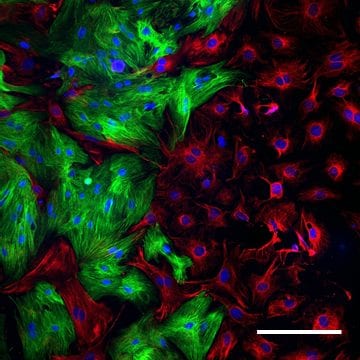
Zorlutuna and co-workers from the University of Notre Dame demonstrate muscle cells as diode components for biocomputing.

Forget the “nature vs nurture” debate, learn the developmental systems perspective in this special collection, which aims to help scientists, parents, teachers, and policy makers understand child development.
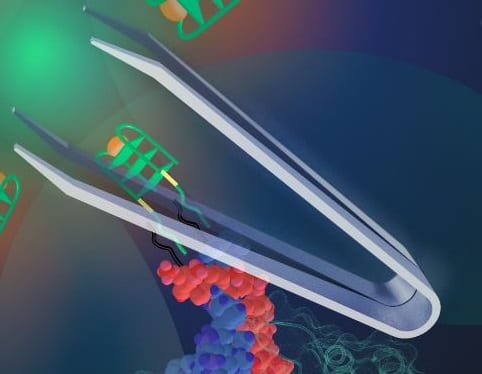
In a study published in the new journal Advanced Biosystems, scientists from the University of Hong Kong demonstrated that it is possible to use a DNA aptamer split across a tweezer such that the presence of the target protein triggers the DNA tweezer mechanism.
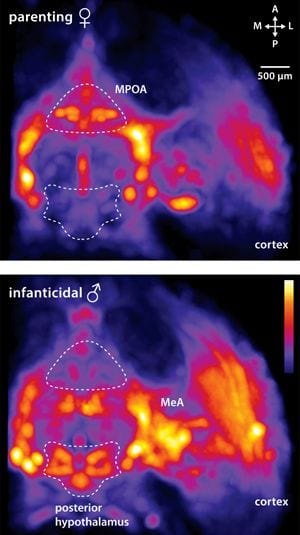
The brains of mice and humans are more similar than we’d think when it comes to parenting…
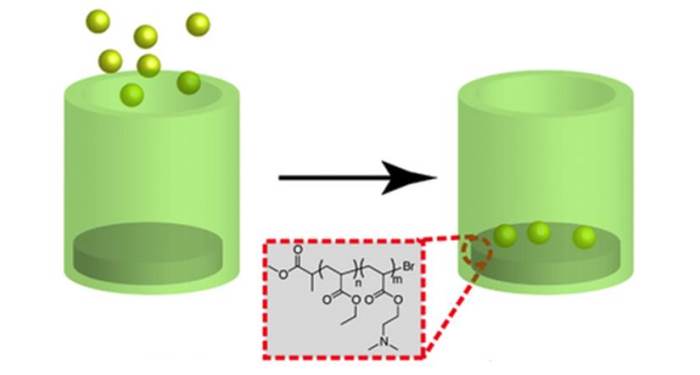
A library of well-defined random and block copolymers was used to study the attachment of HeLa and HEK cells.

Diamond based epiretinal devices offer the hope of improved prosthetic vision for blind patients.
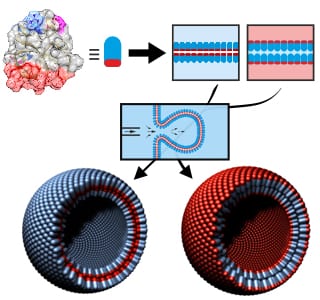
Professor Seemann and his colleagues discovered how bilayers made purely from hydrophobins were created using a microfluidic technique.
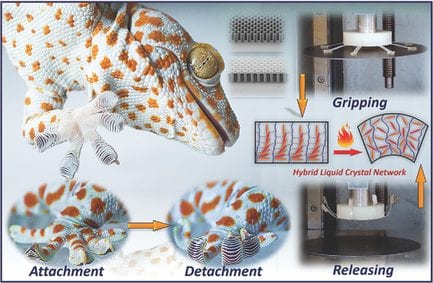
Cross-linked networks of liquid crystal polymers (LCNs) are used to regulate adhesion through stimuli responsive back-scrolling and self-peeling, to design a multi-legged gecko gripper.